A synthetic hydrolase enzyme with activity comparable to natural proteins has been designed from scratch using a combination of generative AI techniques. Synthetic proteins that promote multi-step catalysis have previously proven challenging to engineer. But the team behind this work, led by 2024 Nobel prize winner David Baker, believes that its approach will enable the design of new enzymes capable of performing a range of complex transformations.
The precise order and orientation of amino acids within the active site enables enzymes to control chemical reactions with an efficiency and specificity that synthetic chemists can only dream of. ‘We want to harness their chemical power on demand,’ says Anna Lauko, a postdoctoral researcher in the Baker lab. ‘If we could design them systematically, we could potentially create new solutions to some of the most pressing modern challenges.’

Current enzyme engineering approaches generally involve placing key active residues within a fixed protein scaffold, using molecular dynamics simulations to predict the reaction performance. However, these protein designs fail to adapt to the differing needs of each stage in the reaction mechanism, often leading to the reaction stalling at an intermediate step.
Now, Baker’s team at the University of Washington, US, has developed a way to design complex enzymes from scratch, combining generative AI methods with experiment to replicate nature’s efficiency. ‘Most enzyme engineering has started with a naturally occurring enzyme and tried to modify it to carry out a different reaction,’ explains Baker. ‘Here, we’re starting from the reaction, basically in terms of certain amino acids arranged in a particular geometry in space, and the deep learning generative models generate proteins that contain that active site.’
The team chose to focus on serine hydrolase, a much-studied enzyme that hydrolyses esters via four distinct mechanistic steps. The enzyme’s key structural features gave the team a clear design goal: the active site contains a catalytic triad of serine, histidine, and aspartate residues that bind the substrate and form an activating hydrogen-bond network. Meanwhile the nearby oxyanion hole allows the substrate to orient itself in the most reactive conformation for each step.

‘We take the 3D coordinates of this site and feed it into an AI algorithm called RFdiffusion which generates an entire protein that perfectly holds this active site,’ explains Sam Pellock, a postdoctoral researcher in the Baker lab. A second AI algorithm then creates the amino acid sequence that folds into that protein, while a third program calculates how well the active site stabilises each intermediate throughout the reaction.
This process was repeated hundreds of times, generating close to 1000 designs, and each enzyme predicted to successfully facilitate the complete reaction was then prepared and tested with their target substrate in the lab. Fluorescent markers allowed the team to track both how quickly and how efficiently each design catalysed the hydrolysis reaction. The best enzymes exhibited comparable activity to natural proteases, a substantial improvement over previous designed proteins.
Victor Guallar, a protein modelling researcher at the Barcelona Supercomputing Center in Spain is impressed by the performance of Baker’s synthetic enzymes and would ultimately like to see the method extended to more complex systems such as those involving metals or cofactors. ‘It’s remarkable, a big success to achieve good catalytic efficiencies. I think extrapolating into additional enzymes, and then finding an industrial application, that will be a very interesting next step,’ he says.
Meanwhile, enzymologist Max Fürst at the University of Groningen in the Netherlands is intrigued to see how this method can expand our understanding beyond well-characterised enzymatic reactions. ‘I particularly liked the step-wise approach of the design pipeline, which allowed the dissection of the requirements of the mechanism,’ he says. ‘This approach opens the door for designing not only enzymes de novo, but also reactions themselves. This is very exciting and another big move forward for the field.’
References
A Lauko et al, Science, 2025, DOI: 10.1126/science.adu2454


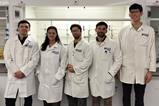
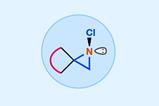
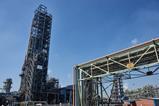

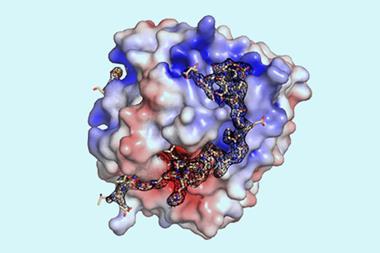
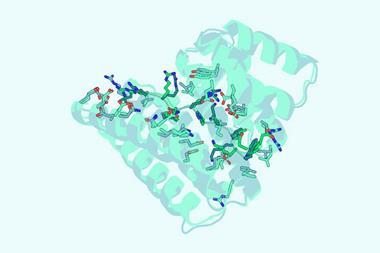
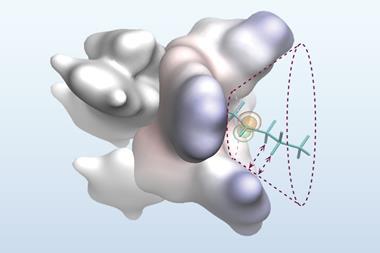
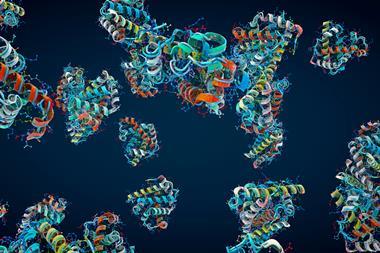




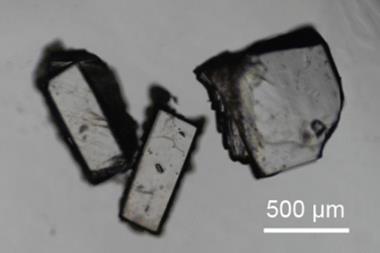
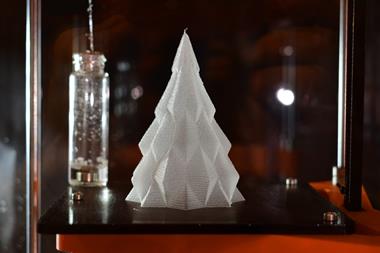
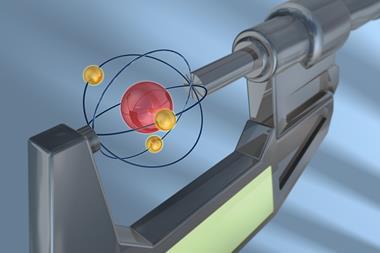
No comments yet